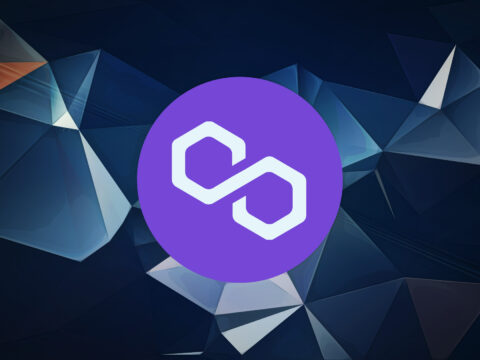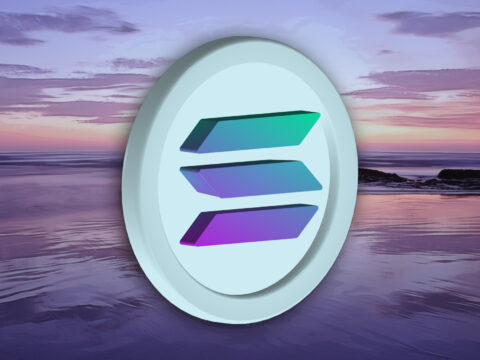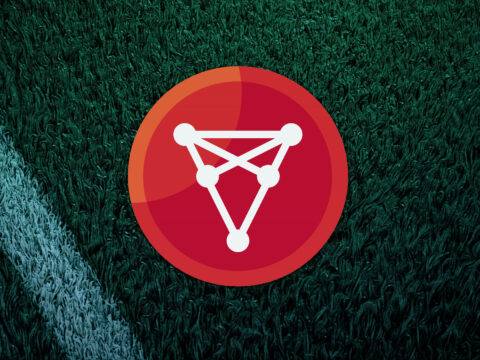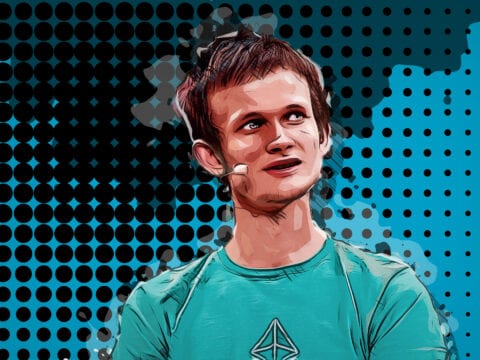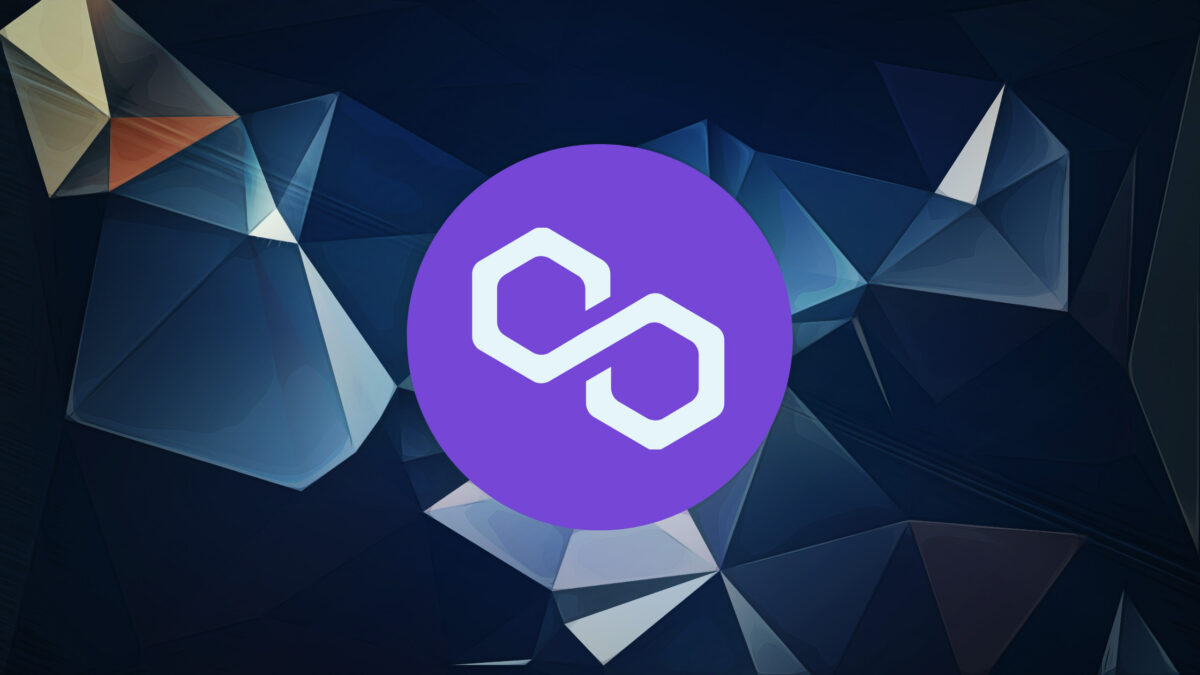
What Is Polygon (MATIC)?
Polygon is the official rebranded name of Matic Network. Polygon (MATIC) is one of the first well-structured scalable solutions for sidechains on public blockchains. Utilizing Plasma technology, Polygon provides scalability while maintaining user experience, system security, and decentralization.
In addition, the Polygon upgrade promises to raise a higher throughput with the capacity to process up to 65,000 transactions per second per chain. It also increases interoperability across multiple sidechains and blockchains. All Matic sidechains are public chains, which support several different protocols and ensure the transparency of transactions.
Polygon was first introduced on the testnet in September 2018. So far, the latest network update on the pre-mainnet has been completed. In the future, the Matic team plans to bring in a user-friendly Plasma wallet that can connect different apps on different devices. Therefore, many developers are building and integrating their apps with Polygon.
Along the way, Polygon has also successfully launched its native token, MATIC, through the first IEO on Binance Launchpad in April 2019. During that sale, a total of 10 billion MATIC tokens were supplied to the community.
What is the Purpose of Polygon (MATIC)?
MATIC is the ERC-20 native token of Polygon, which is used as the main currency for payment and settlement among users who join and communicate on the network.
MATIC holds three major use cases on Polygon. First of all, MATIC is used to pay for transaction fees that arise on Matic sidechains. Although Polygon does allow dApps, merchants, and members to pay or accept payments in other ERC 20 tokens, MATIC carries a more significant role for being rewards for POS (Proof-of-Stake) stakers.
MATIC tokens are compulsory to participate in POS consensus as validators on Matic’s sidechains. It helps increase the discipline on the network since MATIC tokens can be used as deterrents or to punish any invalid acts. On the other hand, it will also be used as an incentive for users who offer computational resources to open and manage the capacity of the Polygon.
A separate staking reward mechanism is under development to facilitate network projects by giving block rewards for contributors who build up dApps necessary for the network. This new mechanism development is funded by a part of the transaction fees collected from Polygon.
Unlike many other utility tokens, MATIC isn’t a governance token.
How Does Polygon (MATIC) Work?
Polygon allows developers and users to start building their projects on side chains by depositing a crypto asset through smart contracts on the main chain, then getting it confirmed.
After that, the Matic Deposit Bridge will display and keep track of the confirmed contract and related transfers. Another tool called Dagger is responsible for detecting the deposit on the main chain whenever an event is triggered and ensuring a corresponding address on Polygon will receive the deposit.
Then users can be able to send or withdraw tokens within seconds and at a lower fee.
It’s worth recognizing the POS consensus mechanism and how its checkpointing layer works on Polygon. Once a user has staked his/her MATIC tokens, he/she can select a proposer and the checkpoint deployment on the mainchain.
At least 2/3 of the majority is needed to approve the proposal, then stakers can vote and assign producers to make Matic blockchains based on the evidence of staking existence.
Thanks to the 2-layer mechanism, Polygon’s POS can achieve a faster blocktime and maintain its decentralization in both checkpoints and block producers. Users can also use checkpoints to prove their remaining tokens when making withdrawal requests.
In that case, checkpoints will run the Proof-of-Burn process to verify the number of a user’s funds.
